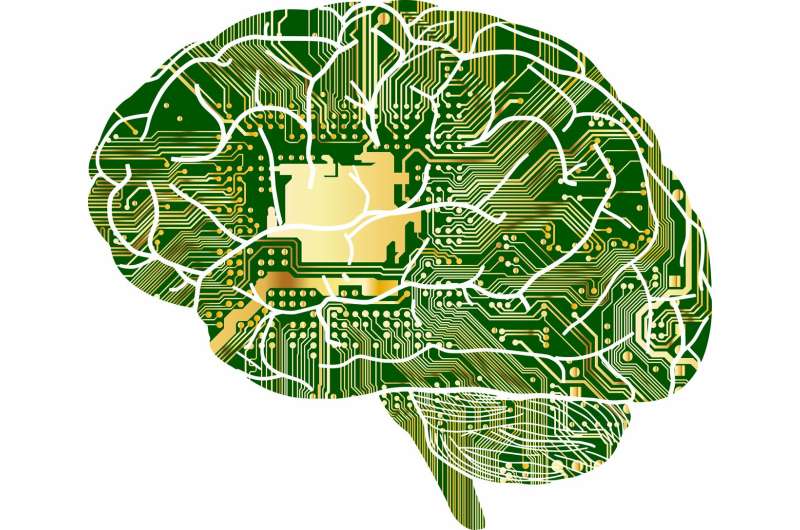New AI enables teachers to rapidly develop intelligent tutoring systems

Intelligent tutoring systems have been shown to be effective in helping to teach certain subjects, such as algebra or grammar, but creating these computerized systems is difficult and laborious. Now, researchers at Carnegie Mellon University have shown they can rapidly build them by, in effect, teaching the computer to teach.
Using a new method that employs artificial intelligence, a teacher can teach the computer by demonstrating several ways to solve problems in a topic, such as multicolumn addition, and correcting the computer if it responds incorrectly.
Notably, the computer system learns to not only solve the problems in the ways it was taught, but also to generalize to solve all other problems in the topic, and do so in ways that might differ from those of the teacher, said Daniel Weitekamp III, a Ph.D. student in CMU's Human-Computer Interaction Institute (HCII).
"A student might learn one way to do a problem and that would be sufficient," Weitekamp explained. "But a tutoring system needs to learn every kind of way to solve a problem." It needs to learn how to teach problem solving, not just how to solve problems.
That challenge has been a continuing problem for developers creating AI-based tutoring systems, said Ken Koedinger, professor of human-computer interaction and psychology. Intelligent tutoring systems are designed to continuously track student progress, provide next-step hints and pick practice problems that help students learn new skills.
When Koedinger and others began building the first intelligent tutors, they programmed production rules by hand—a process, he said, that took about 200 hours of development for each hour of tutored instruction. Later, they would develop a shortcut, in which they would attempt to demonstrate all possible ways of solving a problem. That cut development time to 40 or 50 hours, he noted, but for many topics, it is practically impossible to demonstrate all possible solution paths for all possible problems, which reduces the shortcut's applicability.
The new method may enable a teacher to create a 30-minute lesson in about 30 minutes, which Koedinger termed "a grand vision" among developers of intelligent tutors.
"The only way to get to the full intelligent tutor up to now has been to write these AI rules," Koedinger said. "But now the system is writing those rules."
A paper describing the method, authored by Weitekamp, Koedinger and HCII System Scientist Erik Harpstead, was accepted by the Conference on Human Factors in Computing Systems (CHI 2020), which was scheduled for this month but canceled due to the COVID-19 pandemic. The paper has now been published in the conference proceedings in the Association for Computing Machinery's Digital Library.
The new method makes use of a machine learning program that simulates how students learn. Weitekamp developed a teaching interface for this machine learning engine that is user friendly and employs a "show-and-correct" process that's much easier than programming.
For the CHI paper, the authors demonstrated their method on the topic of multicolumn addition, but the underlying machine learning engine has been shown to work for a variety of subjects, including equation solving, fraction addition, chemistry, English grammar and science experiment environments.
The method not only speeds the development of intelligent tutors, but promises to make it possible for teachers, rather than AI programmers, to build their own computerized lessons. Some teachers, for instance, have their own preferences on how addition is taught, or which form of notation to use in chemistry. The new interface could increase the adoption of intelligent tutors by enabling teachers to create the homework assignments they prefer for the AI tutor, Koedinger said.
Enabling teachers to build their own systems also could lead to deeper insights into learning, he added. The authoring process may help them recognize trouble spots for students that, as experts, they don't themselves encounter.
"The machine learning system often stumbles in the same places that students do," Koedinger explained. "As you're teaching the computer, we can imagine a teacher may get new insights about what's hard to learn because the machine has trouble learning it."
More information: Conference on Human Factors in Computing Systems (CHI 2020), DOI: 10.1145/3313831.3376226



















